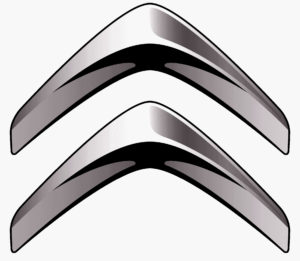The van that became a style icon – 1947 to 1982
Replacing the Citroën TUB (Traction Utilitaire Basse) in late 1947, the corrugated-steel H van became, along with the Traction Avant, DS and 2CV, one of the most enduring icons of post-war provincial France.

With its square lines, prominent ‘pig’ snout and rippled bodywork, the H was a ubiquitous sight in every marketplace, town centre, farm yard, fire station, building site and lay-by (selling frites or farm produce) for many years until long after its demise in 1981.
Originally launched with a 1911 cc petrol engine derived from the Traction Avant, which was governed down to just 35 hp. Over the years, more power became available when a 45 hp 1628 cc unit with an alloy head appeared in 1963 and in 1968 a new version of the 1911 offering 58 hp was launched. This remained the most widely chosen option until the end of production in 1981. A Perkins diesel engine was offered in 1961 but this was replaced by an Indenor unit three years later. Gearboxes were updated at various times, but from start to finish, only offered three speeds. Regardless of motive power, H Vans were intended for local use rather than long distances and as a consequence the cruising speed is modest. The HZ series, later referred to as HY 1000, offered slightly higher gearing, at the expense of a reduction in payload (see below for more type details)
With the corrugations in the panels, inspired by the war-time Junkers bombers, providing great strength, and unburstable mechanicals, the H was a sturdy workhorse. Available in many different body combinations, from the standard short wheelbase, low roof line to V-E-R-Y long, extendable body variants for mobile market stalls. The chassis-cab variants were often used for building wooden ‘bétaillère’ (horse-box) bodies or other specialist configurations.
Still in use throughout France, the H is slowly dying out in favour of more modern commercial vehicles capable of such rarefied luxuries as driver comfort. Many are still seen in everyday use, however, with the three piece (upper half being top-hinged, two lower half side-hinged) rear door providing great flexibility for long or unusual loads in safety. They were also manufactured in the Netherlands (approximately 10,000 vans between 1963 and 1970). There were very few major changes to the H in its 34 year run.

Designed single-handedly by Pierre Franchiset, working under Pierre-Jules Boulanger (Michelin-appointed saviour of Citroën after Andre’s bankruptcy and the father of the 2CV), the bodywork of the H is notable, in part, for the introduction of the ‘Yoda’ pinless hinge. Formed from two curls of steel, this ingenious design was also used for fixing the bonnet, doors and bootlid of 2CVs and ‘A’-series vans. Now prized amongst 2CV and Citroën enthusiasts, the H van converts very well into a spacious, flexible motor camper.
Please see the next page for H-van type codes.


